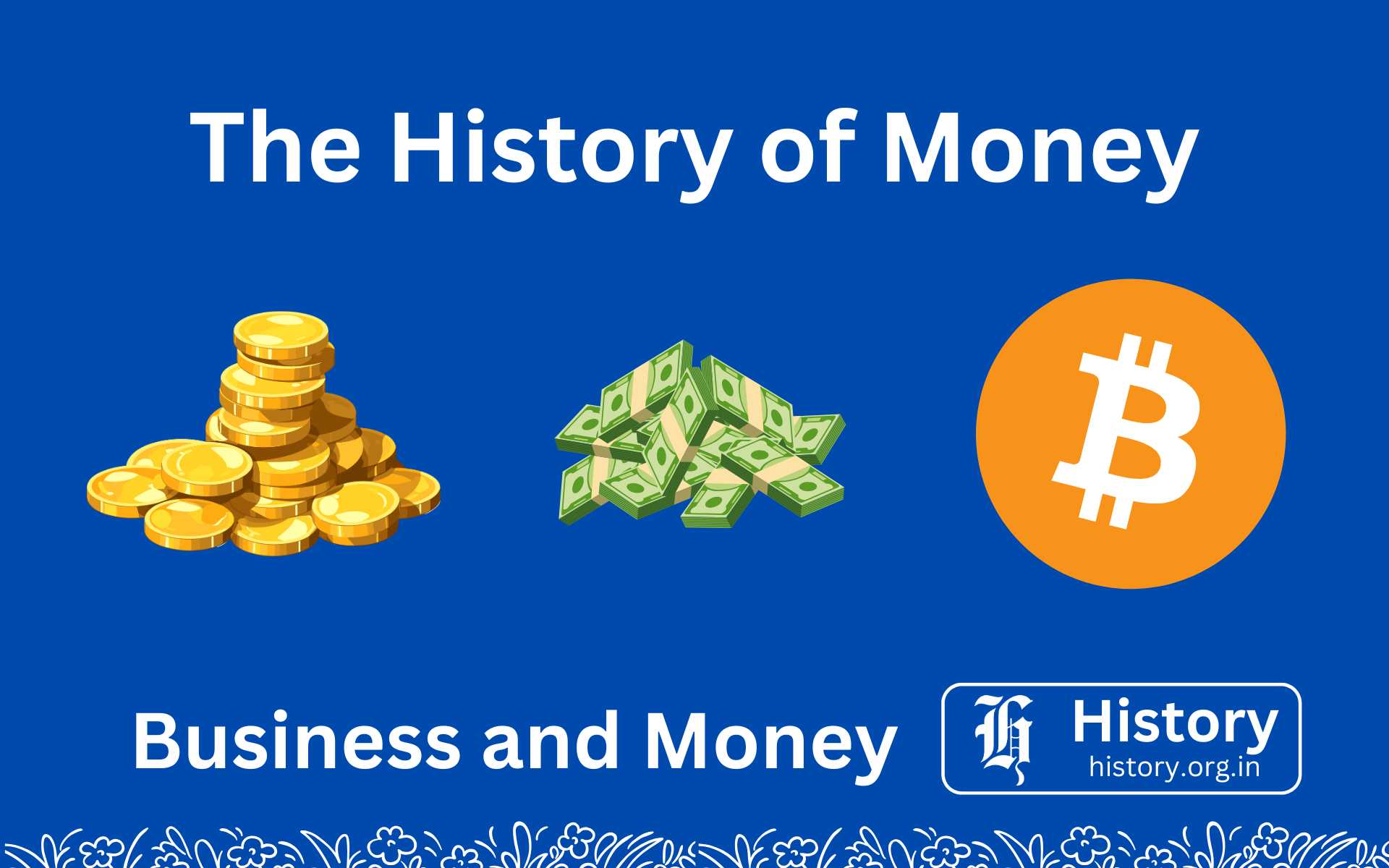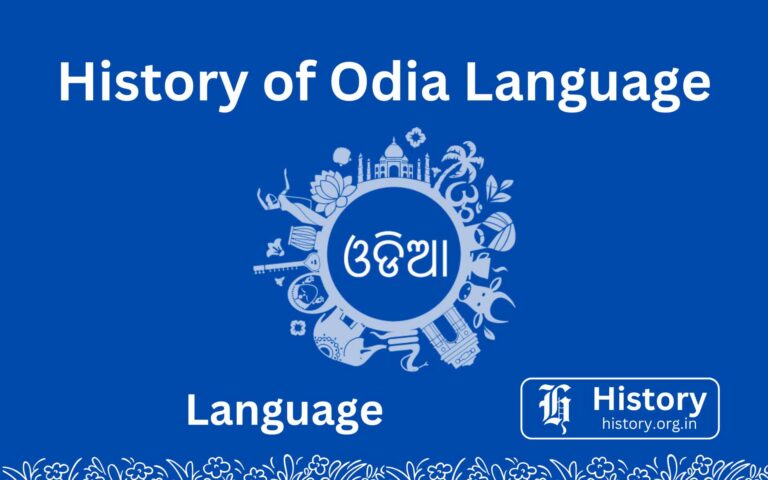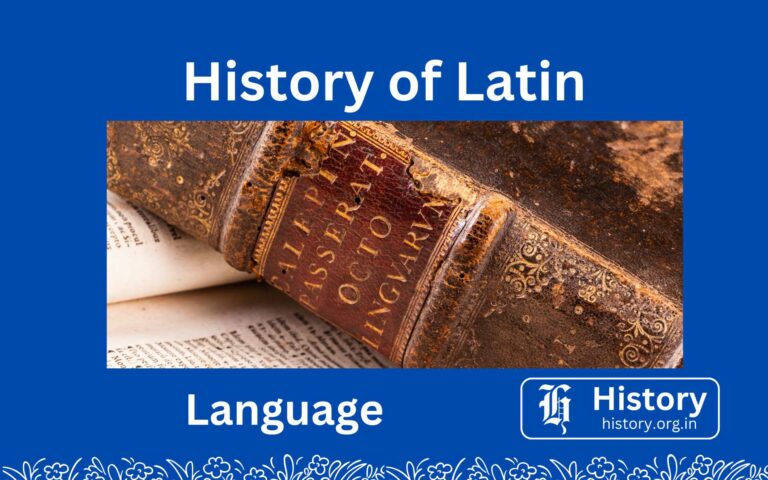Money has played a central role in economics since several millennia starting with cowry shells, gold, silver, precious stones, metal coins, paper money and finally digital money. The purpose of money has been to act as a medium of exchange and a store of value for future use.
Without money, humans would never have been able to organize themselves in large groups of total strangers and thus, it has played a role in the evolution of human society.
Several experiments have been done to understand the use of money and many have also tried to end the concept of money but with no success.
In this article, we will understand from where did the concept of money originated, what is its purpose, and how money acts in modern society.
The Origin of Money
Barter Trade
Barter trade dominated human interactions for several thousand years, with estimates ranging up to 100,000 years ago. A barter is an easy exchange of goods between two or more parties.
A limit of the Barter Trade was that it did not work when both parties were not in need of each other’s goods.
Further, a drawback of this kind of trade was that you cannot earn and save for times when you were sick or had less work during off seasons.
Cowry Shells
The concept of money first originated during the Sindhu Saraswati civilization where shell working was discovered during the early Hakra Ware era. Approximately around 7000 BCE, there were established shell workshops in Sindhu Saraswati sites which show that by then the usage of shells for jewelry and as currency was already prevalent.
Sindhu Saraswati traders also used these cowry shells with their trade in ancient Iran and Arabia.
Cowry shells were also prevalent among Chinese cultures where several artwork forms still exist based on the cowries.

Gold
The first usage of precious metals like Gold were discovered in Lydia where Gold-struck coins were minted according to Herodotus.

These gold struck coins would be soon adopted by numerous other civilizations like India, Romans, Chinese, African cultures, Egypt, Asia Minor kingdoms, and several other minor cultures. Gold would continue to dominate the future of trade till the late 20th century.
What worked in favor of Gold was that it was limited in supply, could be stored indefinitely, and had universal acceptance. Two people who did not know each other could easily trade with each other with Gold.
Soon, Gold saw a wide acceptance in traditional societies which could sell their excess labour, and store the value in Gold for future use. Consequently, societies began to demand more Gold and obviously, its demand rose taking its price higher as mines were unable to keep up with its production.
The high value of gold made it impossible to use it for everyday use and as a result, people began searching for other metals that were rare and limited just like Gold.
Silver and Other Metals
The usage of Silver started to subsidize Gold as a currency for everyday usage. Silver was already known to mankind and since its supply was limited too, it soon became the new money alongside Gold.
As trade grew among economies, Silver too was unable to keep up with the demand and ultimately, its price grew too. During wartimes, the expensive nature of war required more silver to pay troops, reward soldiers, manage for their provisions, and pay tributes in case of defeat or to avoid war.
Silver was also used in cookware, utensils, jewelry and a lot of other items. Hence, the demand rose further to a point where it was impossible to use it for everyday use, say to purchase 1 kg of vegetables.
Token Money: Paper, Cheap Metals
Soon, a new form of money took shape. It was called the “Token” money where unlike previous forms of money, it had no intrinsic value. It was rather based on the ability of the issuer (the government) to honor your claim when you needed it.
While other economies switched to less expensive metals like nickel, tin, copper and a few alloys, China began the use of Paper Money around 1160 CE in the southern Song Dynasty.
The government honored claimed in these ways:
- It could allow you to convert your token money into tangible assets like land, gold, silver, or foreign currencies when you needed it.
- It would also allow you to summon the authorities if someone refused to take payment in it.
According to Professor Yuval Noah Harari, the role of money is all imaginary. A piece of paper is backed by nothing but the trust in government.
Digital Money
The concept of Digital Money is very recent and has only come into usage after the invention of computers and the internet. Digital money is government-backed fiat currencies that only exist digitally in the financial system (in balance sheets).
This money does not have any paper money equivalent which means the amount of total money in an economy would exist in paper form (minor) and digital form (major). An example would be, in the year 2025 only ₹37 billion (0.0007%) of rupees existed as paper money while the total value of M0 supply in the Indian Economy was around ₹47 trillion( 99.9992%).
Decentralized Money
The need for decentralized money that is free from any kind of government interference rose because of constant bailouts provided by the government to bankrupt businesses but the denial to do the same for a bankrupt individual.
The 2008 Global Financial Crisis quickened this process. By the end of 2008, a whitepaper came to the forefront claiming to have created a decentralized digital currency which could be exchanged among peers without the scope of any fraudulent transaction. This decentralized money was called Bitcoin. It was the first successful cryptocurrencies.

Though, there were many previous attempts (like BitGold), yet Bitcoin was the first cryptocurrency to be able to solve the problem of double spending. Before Bitcoin, anyone could copy the code endless number of times and spend the same money a hundred times.
Need and Purpose of Money
Store of Value
Money in modern society serves the same value as Gold did in history. Anyone who is working beyond earning the basic livelihood can use money to store his surplus work and use it in times of need or to afford luxury.
The non-decomposing nature of money (whether Gold, Digital Money or Decentralized Money) helps in long-term preservation of its value.
Even when paper money dominates your life, you could always choose to spend the soiled or worn out currency in exchange for freshly printed ones (via banks or in day to day life).
Standard of Measurement
Money has always acted as a form of exchange between people. This exchange is only possible because the value of each item or service can me measured in the denomination of money.
Here are a few examples.
- A Dior Shoe for 1 Gold Coin.
- A tri-ply cooking pan for 1 Silver Bar.
- An iPhone 20 for $1500.
- SEO Services for $1000 a month.
Medium of Exchange
The need for a common medium of exchange was the very reason why the concept of money was invented.
Money solves the problem of varying needs in a barter system. Suppose, there are 5 traders each selling different items. How would they understand which trader would be happy to trade their own item for an item they need. Sounds confusing right?
Money can easily erase this confusion by acting as a common medium of exchange.
Did You Think? Essentially, we are still in the barter age with money being the most sought after item in our current economy.
For Deferred Payment (Loans and Debt)
Loans and Debt are essential components in an economy without which there would be little to no growth in it.
Traditionally, traders would first buy raw materials on letters of credit (a promise to repay later) and they would only pay the raw materials dealer when they sold their final goods.
Hence, the creation of debt in an economy makes it possible to do business with zero capital investment. Without money, this would have been near impossible.
Consider this Example: Someone takes 5 animal hides to build 50 shoes. They make shoes and sell them to pay the hide seller.
- Without money, they would have to find a personal item that the hide seller needs and then would have to trade for it. Even then, it is unsure if the hide seller would want their item, or would want it at all.
- With money, the hide seller can not only calculate the amount to sell the hides even if they do not need the shoe maker’s offered items, but can also demand a higher price than usual (for late payment) and then take the payment at a later stage.
Money in Modern Societies
The concept of money in modern economies is way too complex, thanks to modern mathematics and economics.
Now, money is totally controlled by the state, which creates it out of thin air (via debt financing), distributes it in the economy, and the taxes the people to pay back the debt created in the first place.
Modern governments too can control the money supply in country with the same debt instruments that they use to create money out of the thin air.
Creation
Money is created in the modern society with a debt instrument. The government takes a certain amount as debt from the central bank of that country. In return, the central bank receives a debt charter where the government promises to repay the debt after say 1 year.
The money taken from the central government is then spent on government expenditure where it enters the economy.
Types of Money Supply (M0, M1, M2, and M3)
The following definitions are India specific.
- M0 is the amount of money printed by the government, it is often called as high-power money because it creates a multiplier effect on the economy. It includes currency in circulation and deposits with the central bank of the country.
- M1 includes M0 and time deposits (recurring deposit, fixed deposit, bonds, etc) in the banks.
- M2 includes M1 plus current account and savings account funds (CASA).
- M3 includes M1 plus time deposits with the banks.
Monetary Policy
The amount of money in circulation in an economy is controlled by the government via debt instruments and the policy used to control this supply is called the monetary policy.
In monetary policy, hawkish means the government wants to absorb excess liquidity (money) from the economy because the excess money creates inflation. Whereas, dovish means that the government is willing to add more money to the economy via M0, because either the economy is growing and needs more liquidity, or the supply of goods have shrunk causing a quasi-inflationary effect.




